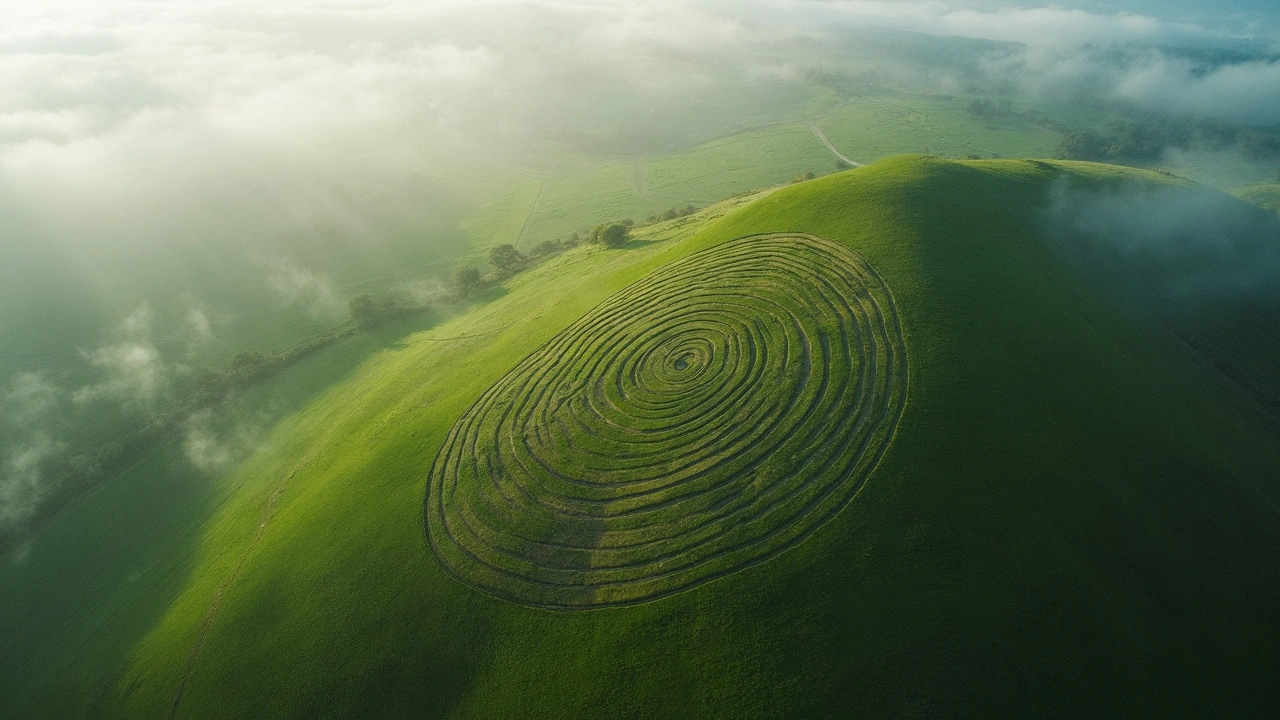Environment in Art: Land Art, Urban Design & Sustainable Ideas
Art changes how we notice the places we live in. When artists and designers work with the environment, parks, plazas, and streets stop being background and become part of the story. This tag gathers writing about land art, public installations, smart city ideas, and eco-friendly design. Expect clear examples, practical takeaways, and ideas you can spot on a walk or try in your own neighborhood.
Why the environment matters in art
Environmental art isn’t just pretty. It shapes how people move, meet, and feel in a space. Land art can turn a vacant lot into a community landmark. Urban designers borrow those ideas to make plazas safer and parks more welcoming. Movements like land art and public sculpture push planners to think beyond concrete and signs—they ask, how does this place work for people and nature? You’ll read pieces here that show the link between artistic choices and real-world outcomes: more shade, clearer sight lines, better gathering spots, and even places that help wildlife.
Artists and architects use simple tools: natural materials, light, seating, and movement paths. A low stone wall becomes seating. A planted berm directs foot traffic. A mirrored surface makes a narrow alley feel wider. Those small moves add up. Several articles in this tag explain how specific projects did it—what materials they picked, how they handled maintenance, and how communities reacted.
How to spot and use environmental art
Want to notice environmental art on your next walk? Look for work that interacts with climate, seasons, or people’s routes. Is something placed to catch morning light? Does a path curve to invite conversation? Is art combined with plantings that support pollinators or reduce runoff? These are purposeful choices, not random decoration.
If you want to bring environmental art into your community, start small. Suggest a bench that celebrates local history, propose native plantings along a sidewalk, or commission a mural that doubles as a stormwater guide. When pitching ideas, show simple sketches, explain low maintenance needs, and highlight benefits like shade, seating, or clearer wayfinding. Articles tagged here walk through those steps with real examples—from temporary installations that tested ideas cheaply to permanent pieces that changed how a block works.
For professionals and curious readers, this tag links art history and modern planning. You’ll find stories about land art influencing urban parks, futurism shaping smart-city tech, and Bauhaus ideas showing up in minimalist public seating. Each post focuses on concrete choices—materials, scale, community input—so you can learn what worked and what didn’t.
Want to explore further? Start with pieces about land art and urban design to see how creative sites become active places. Then read case studies about maintenance, funding, and community engagement to turn good ideas into real projects. This tag is a practical guide to using art to make places greener, friendlier, and more alive.

